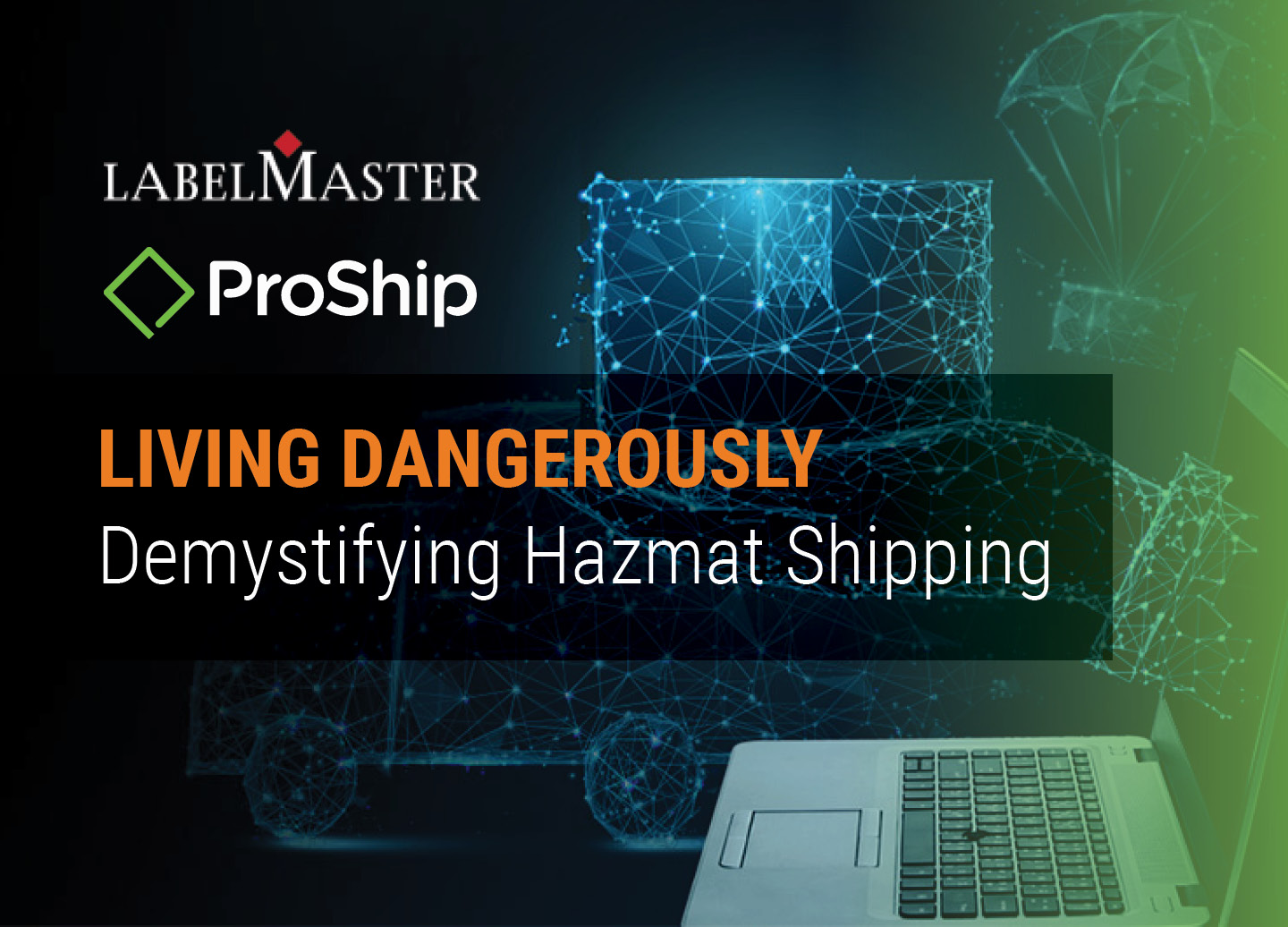CEO’s aren’t just ignoring hazmat compliance, they may be ignoring the entire supply chain – shriek!
For years now, supply chain professionals have been changing their perspective on hazmat compliance and viewing it as a competitive advantage, not a cost center. Show your bosses real visibility into the true costs and value of improved compliance, those in the industry have said, and you’ll secure the resources to drive new revenue and boost your bottom line.
But what if you can’t sway executives?
A recent article in Chief Executive entitled “Why CEOs Are Still In The Dark About The Supply Chain”— by Steven Bowen, the founder of consulting firm Maine Pointe, and J. Paul Dittmann, assistant head of the Department of Supply Chain Management at Haslam College of Business—echoes many of the same themes vendors in the hazmat industry have stood by. For instance, Labelmaster, a full-service provider of goods and services for hazardous materials, has even created a Total Value of Compliance framework, outlining the profitability of dangerous goods supply chain operations.
There’s one big exception, though. The CEOs targeted by Chief Executive’s article aren’t just ignoring hazmat compliance – they may be ignoring the entire supply chain (shriek).
Supply chain as a “relatively unimportant” component?
The recent article cites a Maine Pointe survey of private equity firms in which “executives ranked supply chain functions as ‘relatively unimportant’ in driving cash and growth” and asserts, “The result is often a performance gap that leads to companies falling behind competitors.”
Breaking this down, if executives don’t believe the supply chain is important at all,how are supply chain and hazmat professionals supposed to make them believe in Dangerous Goods compliance?
The answer may lie in following and in promoting Bowen and Dittmann’s advice, which parallels much of what the industry has been saying but addresses a much bigger picture.
For instance:
Instead of seeing [supply chain] as a tool for managing cost, successful executives view it as a tool for creating value. Best practices for driving shareholder value through supply chain optimization can be easily implemented in any company for concrete results.
Substitute “hazmat compliance” for “supply chain,” as Labelmaster has said, and it’s almost the same thing:
Total value of compliance [is] a new way of thinking about supply chain operations that views hazmat compliance as not just a cost of doing business, but also as a value-added component that contributes to profitability.
Metrics and conversations
But the point isn’t that we’ve been thinking along the same wavelength as the leaders of a prominent consulting firm and a renowned business school, the point is that these are excellent ideas that can help your organization make more money.
One example: Bowen and Dittmann recommend that “focusing on the right metrics is the logical next step … Making that connection will allow the supply chain manager to better visualize how supply chain decisions impact the entire company.”
Similarly, we recommend LabelMaster’s Total Value of Compliance assessment to give you (and your C-suite) visibility into the metrics that define the competitive advantage your organization gets from superior compliance.
Bowen and Dittmann also say, “Another essential best practice in supply chain optimization is building relationships throughout the entire company and starting conversations with the CFO and other key executives.”
That reminds us of a logistics professional who turned a conversation with his boss 10 years ago into a hazmat operation that generates an extra additional $17.5 million a year in revenue.
Compliance makes the supply chain a competitive weapon
We hope Bowen and Dittmann succeed in waking CEOs up to the importance of the supply chain. After all, once executives understand how supply chain excellence can make them more money, they’ll be one step closer to understanding that superior Dangerous Goods compliance can be the key to supply chain excellence.
“The Total Value Optimization (TVO) framework promotes greater collaboration, integration and transparency,” Bowen and Dittmann write. “This framework represents a pragmatic step-by-step approach to transforming the supply chain into a competitive weapon.”
Make it happen in your organization.
If you need help, please reach out to our shipping experts here at ProShip! As regulations for shipping hazmat items continue to expand and become more complex, companies that ship them face greater risk for non-compliance, including stopped shipments, supply chain delays, fines and more.
With ProShip and our Integrated LabelMaster Add-On, you can access up-to-date hazardous material tables, robust validation checks and compliant shipping papers. Learn more.
A version of this blog was originally written and published by LabelMaster in May 2019. To view the original, please go here.
You may also like…

 Back to Blog
Back to Blog






